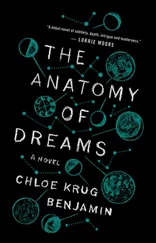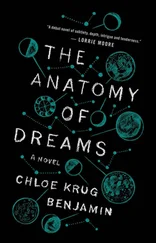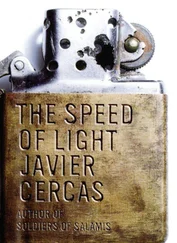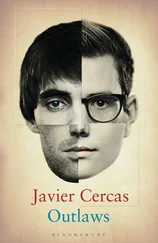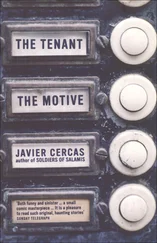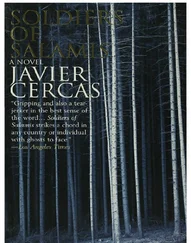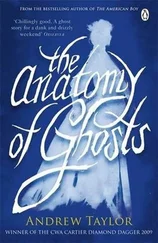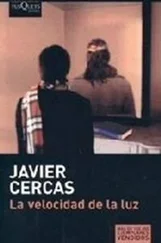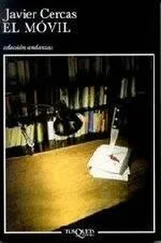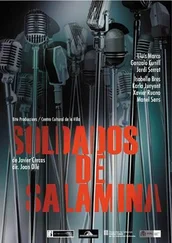Part Four. All the Coups of the Coup
Fernández López summarizes some of the hypotheses around the military authority awaited in the Cortes in Diecisiete horas y media , pp. 218–223. Suárez’s statement was picked up by Agencia EFE on 16 September 1988. See Juan Blanco, 23-F. Crónica fiel. . , p. 42.
The anecdote about General Sanjurjo comes from Pardo Zancada, 23-F. La pieza que falta , p. 160. Calvo Sotelo is quoted in Victoria Prego, ‘Dos barajas para un golpe’, El Mundo , 4.7.2008. Not long after the coup the journalist Emilio Romero — very close to the golpistas — expressed an identical opinion to that which Calvo Sotelo would give years later, in ‘De la radio a la prensa’, prologue to La noche de los transistores , by Rosa Villacastín and María Beneyto, Madrid, San Martín, 1981, p. 7. On the other hand, the supposed civilian plot was denounced very quickly in Todos al suelo: la conspiración y el golpe , Madrid, Punto Crítico, 1981, by Ricardo Cid Cañaveral and other journalists, which led those accused to bring a lawsuit against them; some of those journalists have since retracted their accusations (see Cernuda, Jáuregui and Menéndez, 23-F. La conjura de los necios , pp. 225–228). If one has a lot of time, see Juan Pla, La trama civil del golpe , Barcelona, Planeta, 1982. FootnoteSee Fernández López, Diecisiete horas y media , pp. 73–75.
Alfonso Armada, Al servicio de la Corona , p. 149 and p. 146.
Milans del Bosch is quoted in Gabriel Cardona, Los Milans del Bosch , Barcelona, Edhasa, 2005, pp. 340–341. Milans’ antagonism towards Gutiérrez Mellado was made public after the coup in a letter published by El Alcázar (28.8.1981), in which, after claiming that the only adjective that applies to the former Deputy Prime Minister is ‘despicable’ and before calling him a coward and a traitor, he says among other things: ‘No one can receive lessons in military ethics from you, for the simple reason that you do not know them. I’d like to think you are mad, which would justify your very frequent and hysterical reactions. .’
Rafael Sánchez Ferlosio, God & gun. Apuntes de polemología , Barcelona, Destino, 2008, p. 273. The anecdote about Tejero and the corpse of the murdered Civil Guard was recounted by José Luis Martín Prieto in one of his articles reporting on the 23 February trial; see Técnica de un golpe de estado , p. 269.
El Imparcial , 31.8.1978.
Gutiérrez Mellado, Un soldado de España , p. 32.
The report sent by Armada to the Zarzuela is usually attributed to a professor of constitutional law; but, according to Fernández López, it was most likely prepared by a professor of administrative law; Fernández López proposes a name: Laureano López Rodó. See Diecisiete horas y media , pp. 71–73; and, by the same author, Sabino Fernández Campo , pp. 131–132. That the report left the Zarzuela and circulated around the Madrid political village is confirmed by Emilio Romero, in Tragicomedia de España , Barcelona, Planeta, 1985, p. 275.
Suárez is quoted in, for example, Abella, Adolfo Suárez , p. 437.
‘. . and while murmurs circulated in Madrid. .’On the rumours that a group of Captains General demanded the King force Suárez to resign, see Pardo Zancada, 23-F. La pieza que falta , p. 185; on the rumours about the no-confidence motion, see note ‘. . some leaders of political parties were flocking to the Zarzuela. .’See Manuel Fraga’s lengthy account of his conversation with the King on 24 November, in En busca del tiempo servido , beginning on p. 223. Felipe González visits the Zarzuela at the beginning of December; see for example Antonio Navalón and Francisco Guerrero, Objetivo Adolfo Suárez , Madrid, Espasa Calpe, 1987, p. 183. As for the King’s speech, it is not superfluous to recall that in his memoirs Armada claims that the King showed him a draft of it on 18 December, at the Zarzuela; see Al servicio de la Corona , p. 225.
‘Although we have only Armada’s testimony about what was discussed in those conversations with the King. .’See Palacios, El golpe del CESID , pp. 282–286, where Armada’s recollections are recorded. See also the version offered by Fernández López, Diecisiete horas y media , p. 75, and, on Armada’s dinner with the monarch mentioned on pp. 260–261, see pp. 92–93.
‘. . the newspapers were full of hypotheses of coalition or caretaker or unity governments. .’As well as the articles already cited, see for example Josep Tarradellas’ statements, published 1 February, picked up by Europe Press and quoted by Palacios, 23-F: El golpe del CESID , p. 323; or the article by Fernando Reinlein in Diario 16 , 2.2.1981. ‘. . there’s no reason to rule out that he might have had doubts. .’Manuel Fraga also had the impression at the time that the King was having doubts; on Friday 30 January, the day after Suárez’s resignation, he wrote in his diary: ‘The King immediately opened constitutional consultations; I had the feeling he was not in a hurry, that he was not taking anything for granted, and that this time the consultations were not a mere formality.’ Further on he adds: ‘On the 31st the King decided, with good judgement, not to propose a candidate until the UCD crisis was resolved and (without saying so) to allow time for contacts between the political groups’; En busca del tiempo servido , pp. 230–231. Fraga also notes that on 1 February the King postponed a planned trip to the United States. As for the possibility of forming governments of various parties as a solution to the political crisis, the parties themselves discussed it publicly and all the newspapers reported it.
‘. . according to Armada, he also told him of an imminent military move. .’See Armada’s statements collected by Jesús Palacios, in VV.AA, El camino de la libertad (1978–2008) , vol. IV, Madrid, Unidad Editorial, 2008, p. 10, where the former royal secretary also claims to have told Gutiérrez Mellado about a coup; we don’t know if, according to Armada, he gave the general the names of the golpistas : astonishingly, in 2001 he claimed he did not ‘because that seemed to me a lack of loyalty’; see Cuenca Toribio, 23-F. Conversaciones con Alfonso Armada , p. 99. For his part, Gutiérrez Mellado declared before the examining magistrate concerning his conversation with Armada: ‘When I told him my obsession was the permanent union of the Armies, General Armada answered me ironically, as I was later able to realize, that I should rest easy, because the Army was very united’. Quoted by Pilar Urbano, Con la venia. . , p. 37.
The journalist who covered the trial — who is quoting an observation of Agatha Christie’s — is Pilar Urbano, Con la venia. . , p. 108. The version the trial gave of the preambles to the coup can be read in the sentence of the court martial: see for example Martín Prieto, Técnica de un golpe de estado , beginning on p. 335; Tejero’s version can be read in his declaration to the prosecutor, published by Merino in Tejero. 25 años después , beginning on p. 163.
‘There is a theory that has enjoyed a certain renown. .’It is defended by, for example Pilar Urbano in Con la venia. . , p. 306.
Niccolò Machiavelli, De principatibus , ed. Giorgio Inglese, Roma, Istituto Storico Italiano per il Medio Evo, 1994, p. 286.
‘In spite of the hermetic character of AOME. .’The declarations before the magistrate by Sergeant Rando Parra and Captain Rubio Luengo — members of Cortina’s unit — can be read in Juan Blanco, 23-F. Crónica fiel. . , pp. 487–494. Two versions of the so-called Jáudenes Report — containing the declarations about the alleged participation in the coup by various members of AOME — can be found in Cernuda, Jáuregui and Menéndez, 23-F. La conjura de los necios , pp. 309–327, and in Perote, 23-F: Ni Milans ni Tejero , pp. 253–270. Javier Calderón and Florentino Ruiz Platero discuss these testimonies in detail in Algo más que el 23-F , pp. 165–188.
Читать дальше

